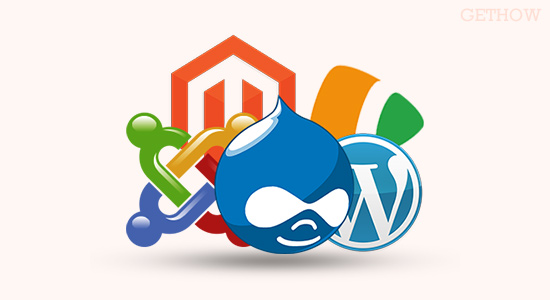You will commonly hear this referred to as a CMS (Content Management System), and you will also find that a lot of them are free. Just a few years ago there were companies charging hundreds of dollars for a program that will build websites for you, but these days you can download and use these programs for free. There are a lot of them such as Joomla, Maganto, WordPress, Blogger, etc.
Most of Them Offer a WYSIWYG Format
“What You See Is What You Get” is the most common CMS program format. It means that whatever you place onto the page on the builder, will appear as it is when the blog page/post is uploaded. For many you will find that this is not perfectly accurate, as many look a little different when they are uploaded. But, you will find that this sort of format makes blog page building easier.
They Mostly Use a Drag and Drop Interface
This is also known as modular design. So, for example, they may allow you to place an image on the blog. You will be given a box (a module) which you place on the screen, and then load a picture into. It is one of the easier ways of building web pages.
Use Plugins to Add Further Functions
The most popular content management systems are going to have a lot of plugins. Try to download them from the official sites, as some hackers create plugins that have backdoors for them to enter your blog. Sometimes you can get these plugins for free, but quite often you have to pay for them.
Take Advantage of Ease of Update
A CMS is easy to update, so you should take advantage of this and update your website or blog regularly. You may do this quite easily from a desktop computer, but if you are super lazy then you will also find apps for your Smartphone or tablet device that will do the same.
Install Images, Optimize and Resize Them
This is one of the great things about CMS programs. You do not have to worry about altering the HTML code of the images you embed, you may add in images and then manipulate them on the screen. This is very convenient, and it can make optimizing images for SEO (Search Engine Optimization) very easy.
Use Templates to Help Build Your on Page SEO
There are templates for content management system platforms that already have all of the SEO factors installed on them. This means that you do not have to add things such as tags into the HTML code because they are already there. You will also find that (in more cases than not) the SEO tag text will be very easy to add. There are usually text boxes for you to add the SEO tag text to.
Build Security into Your Blog with Plugins
Increasing the security of your blog is a very technical thing that takes a lot of programming and testing. However, most of the work may be done for you if you use a content management system plugin.
Help to Stop Spam with Plugins
Anti-spamming software via plugins is going to be easier than trying to stop it yourself, but may put a few people off of actually commenting. If you do use plugins for this then search around and have a look at the different types on offer. You will see that some are more passive and less invasive than others.
Tie it to a Scheduling Tool
The most popular content management system programs are so popular that scheduling tools have been created for them. These are an essential part of a well run blog, as they allow the blogger to upload blog posts in advance, and they make sure a regular and consistent blog posting routine is maintained. A regular posting routine will allow people to learn when your next post is going to be, so that they may attend on a regular basis (routine makes remaining loyal to your blog easier).
Consider Tying it to Smartphone or Tablet Apps
Just like scheduling tools, you will find that the more popular content management system platforms also have apps available. If you are a hardcore blogger then downloading some of these apps is a good idea. Most of them have official apps so that you may log in to your account and start manipulating your blog from your Smartphone or tablet device. Most do not allow you to have full functionality (as you would expect on a desktop), but that does not mean the apps are not useful and convenient.


Leave a Reply